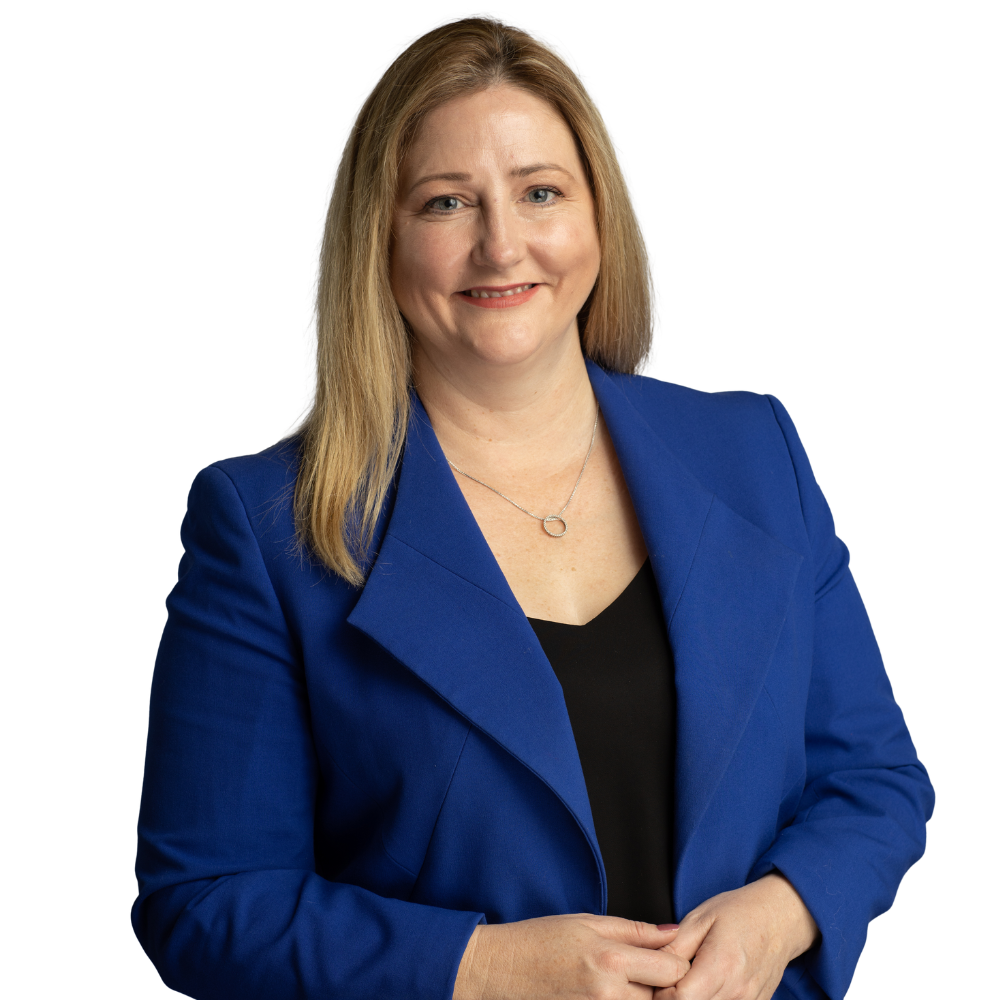New laws to make aged care staff ratios black and white
Posted June 22, 2018
Aged care facilities will have to publish full details about their staffing ratios under legislation that will be introduced by local candidate for Mayo Rebekha Sharkie if she wins the upcoming by-election.
With the backing of her Centre Alliance colleagues in the Senate, Rebekha will push for mandatory publication of staff-to-patient ratios by job description on the Federal Government’s My Aged Care website.
Aged care facilities will have to detail exactly how many registered nurses, clinical nurses, personal care workers, allied health staff and other staff they have rostered per number of residents, with the opportunity to explain the ratio according to client needs.
“My proposed Private Member's Bill will bring transparency to the contentious issue of staffing ratios and help our community make more informed choices when selecting residential care places for their loved ones,” Rebekha said.
“Staffing ratios in aged care facilities are a major concern to people and our community made sure they raised the issue with the Federal Aged Care Minister Ken Wyatt during his visit to our region last month.
“After consulting with the industry and aged care advocates, I understand their concerns about creating a minimum staffing level and setting the bar too low to meet mandatory quality of care standards, particularly for more complex levels of care.
“The Federal Government closed five facilities last year because they didn’t meet the standards of care, but it shouldn’t get to that precarious stage!
“I am also mindful that the vast majority of residential care facilities are providing excellent care under ever-increasing budget pressures as changes to funding allocations have been particularly difficult for independent smaller regional providers.
“Centre Alliance is all about transparency in government and public policy and we believe that mandating the publication of staffing ratios will empower our community to make informed choices about the aged care facilities taking care of their loved ones.
“Mayo is the oldest electorate in South Australia. One in five residents in our community is over 65, so this is an issue that touches everyone in my community.”
Rebekha is also working with her SA-BEST colleagues, MLCs Frank Pangallo and Connie Bonaros, to improve training qualifications of personal care workers in the aged care sector.
At a minimum, Rebekha and SA-BEST want all students to do a period of work experience under the supervision of an independent nurse educator.
At present, students studying for a Certificate 3 in Aged Care can complete their qualifications online without ever stepping foot inside an aged care facility.
“Our elderly residents are among the most vulnerable members of our community and their mental and physical needs can be extremely challenging – they need the highest level of care,” Frank said.
“Workers going into this industry should, at the very least, do a work placement in an aged care facility so they receive the first-hand experience about the skills they need for this career.
“Aged care is going to be one of our country’s biggest employers in the year ahead so it is imperative current and future employees are provided with the appropriate training.”
Rebekha said Australia currently has about 2600 aged care providers employing about 366,000 staff supporting 240,000 people living in residential care.
“In 20 years’ time, it is forecast that 40,000 Australians will live past 100 years of age,” Rebekha said.
“The Productivity Commission estimates the industry will need an extra 940,000 workers by 2050.
“Recruiting and training workers in a wide range of occupations will be a significant challenge.
“We need to ensure we prepare a workforce that is better trained and suited for working in aged care facilities.”

